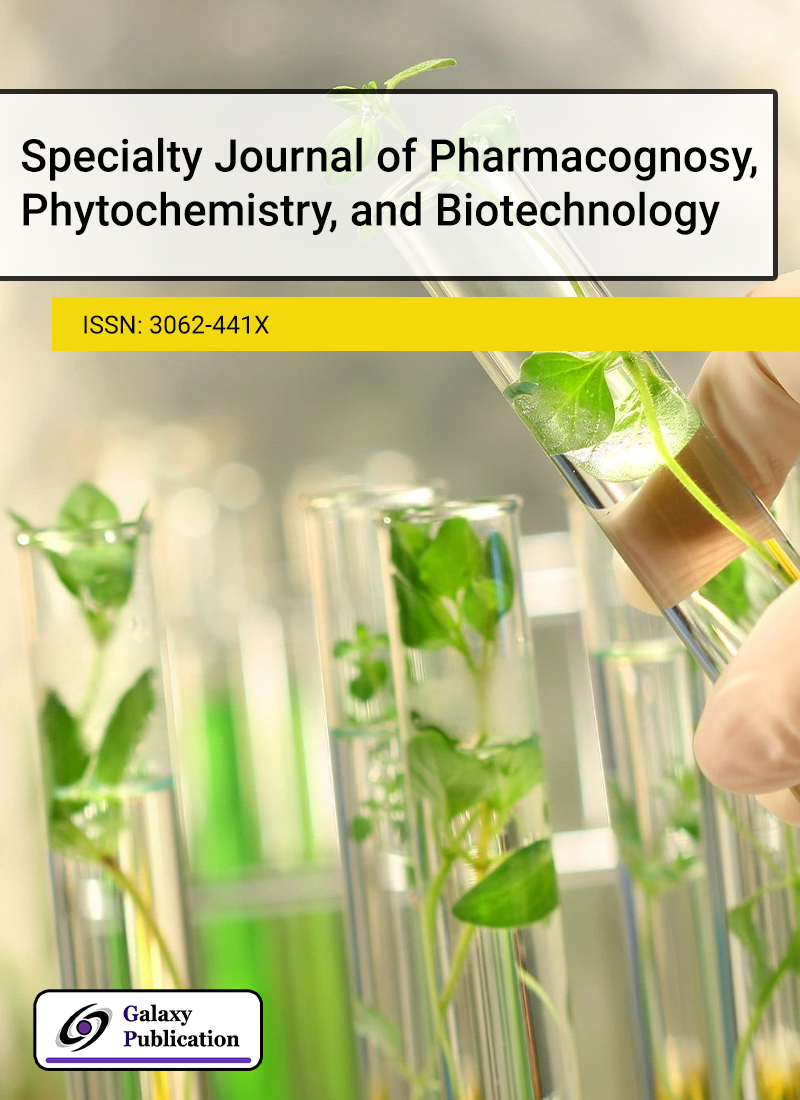
Moringa oleifera (M. oleifera) and Moringa concanensis (M. concanensis), both belong to the Moringaceae family and are commonly recognized as drumstick trees. M. oleifera, often referred to as the “miracle tree,” has been valued for its extensive health benefits for centuries. M. concanensis, also known locally as Kattumurungai, is another vital medicinal plant used for treating conditions such as skin tumors, fatigue, high blood pressure, jaundice, and diabetes. This study compares the pharmacognostic and phytochemical properties of both species. Preliminary phytochemical screening of the plants revealed the presence of alkaloids, glycosides, flavonoids, steroids, tannins, carbohydrates, proteins, and lipids. M. oleifera showed the highest yield for these compounds. Physicochemical parameters, including ash content and extractive values, were also found to be superior in M. oleifera. Thin layer chromatography (TLC) was employed to evaluate key phytochemicals such as alkaloids, steroids, and flavonoids in methanolic extracts. Both species showed distinct spots on TLC plates, some with similar Rf values, while others differed, indicating the presence of both shared and unique alkaloids, steroids, and flavonoids. The total phenolic and flavonoid content was determined using the Folin-Ciocalteu and Aluminum Chloride methods. M. oleifera showed significantly higher concentrations of total phenols (453 µg/ml) and flavonoids (365 µg/ml) compared to M. concanensis. These results indicate that M. concanensis has comparable macroscopical and phytochemical characteristics to M. oleifera but is more similar in terms of alkaloid, steroid, and flavonoid composition. Further research is needed to identify the specific compounds associated with the TLC spots using reference standards.